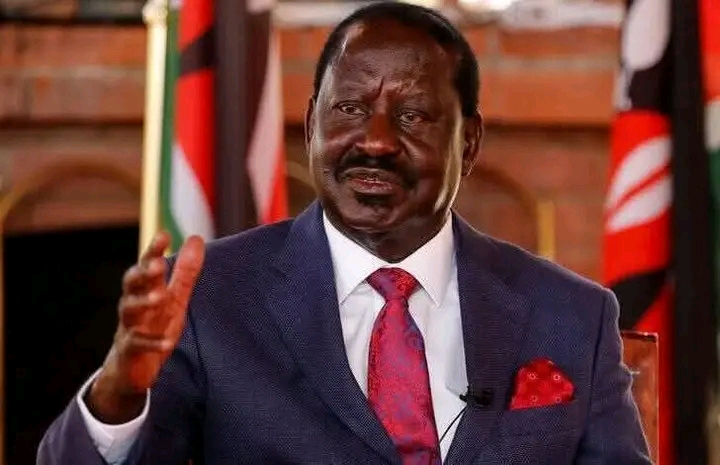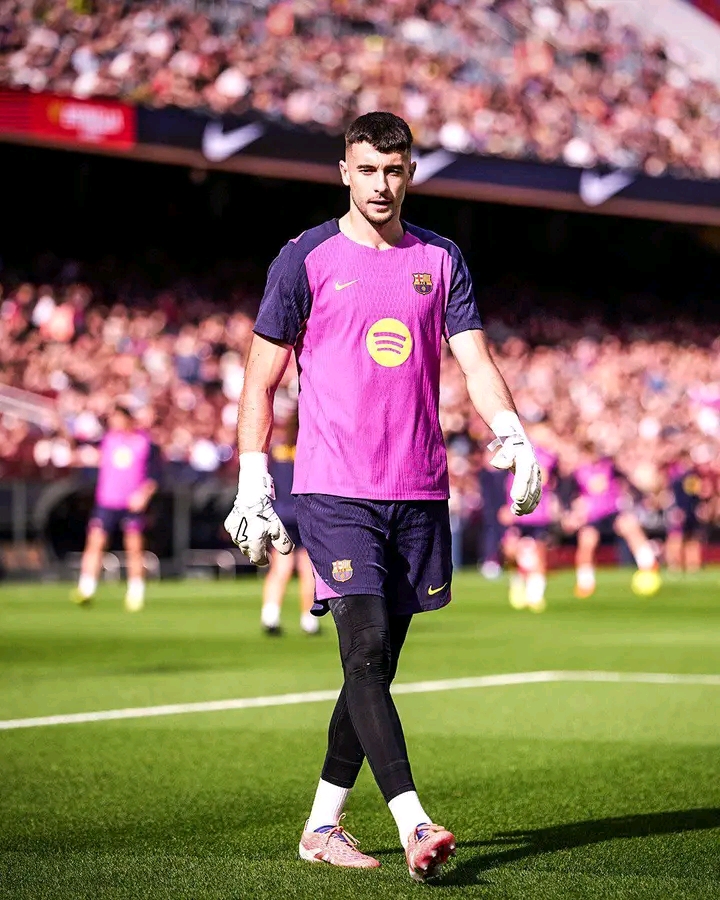Community grief, political voices, and claims of unprecedented influence dominate local reaction Siaya reaction to Raila Odinga’s death. Siaya County erupted in sorrow immediately after news spread of former Prime Minister Raila Odinga’s death. People gathered in homesteads, churches, and public squares in shock. Many struggled to believe someone they saw as an icon could die. Crowds in Bondo, Alego, and Ugenya wept openly. Elders in traditional dress led prayers. Young people looked on, silent, some posting messages online. Flags flew at half-mast at County offices and local ODM party branch offices.Political leaders from Siaya arrived quickly.
Governor James Orengo addressed mourners at the county headquarters. He called Raila a “towering figure” who shaped modern Kenyan democracy. He urged Kenyans to unite and reflect, not to descend into hostility. Senator Oburu Oginga, Raila’s brother, described a heavy loss. He said Siaya had lost both a son and a father figure. He asked the public to keep peace during the mourning period. Local officials closed down public functions. Schools paused classes briefly. Markets operated, but vendors quietly expressed grief. Buses and boda bodas carried white cloth to show mourning.
The mood in homesteads changed. Kitchen talk, gatherings of neighbors, all focused on legacy. Parents explained to children who Raila Odinga was and why his death mattered. Some praised his fight for constitutional reforms. Others reflected on his role in expanding political space.In social media, Siaya posts swelled. Many shared photos of Raila in Siaya, at rallies, at homes. Most messages praised his courage and long service. Some reminded of difficult moments losses in elections, protests, unresolved issues. But the tone remained respectful. Churches held special services. Anglican, Catholic, and other local denominations led prayers all over the county. In some parishes, pastors spoke of Raila as a man who persevered.
They reminded worshippers of his faith in the people, democracy, and unity. Merchants dimmed lights at shop fronts. Hawkers paused sales for a moment of silence. Even small kiosks followed. The sorrow cut across class lines. Rich and poor alike felt it. Raila died aged 80 in Kochi, India, after suffering cardiac arrest. His passing came during a long struggle in Kenyan politics. He had contested for the presidency multiple times. He pushed for multiparty democracy. He played a big part in writing the 2010 constitution.
New World Record?
Contrary to some social media chatter, there is no verified world record declared in Raila Odinga’s name after his death. Some online posts claimed he became Kenya’s “longest-serving president” or achieved “presidential influence” spanning decades. But such claims are not backed by recognized sources. Perhaps what stirred the record talk was a poll done earlier. An Infotrak survey in 2024 ranked him as “most influential person in Kenya”. In that poll, many in Siaya and other regions said he was more influential than many serving leaders. These polls do not equate to world records. They reflect perception and opinion, not formal recognition or certified titles. Still, many in Siaya feel in his death he holds a kind of “record” in public admiration.
Local Impact and Political Implications
Siaya’s political scene now faces questions. ODM, Raila’s party, meets to decide next steps. Some see this moment as a turning point. Who leads in the gap? How will ODM negotiate power without its central figure? Governor Orengo’s voice seems more central now. Senator Oburu, long a key player, now also draws many eyes. Local youth wonder whether the energy of Raila’s mobilization will survive. There is also concern about security. After his death, “mournings” must not become “demonstrations”. County leaders asked police and local chiefs to help maintain order. Authorities in Siaya said they will allow peaceful tributes.
Any unrest could worsen community divisions.Economically, things paused. Local farmers in harvest season slowed activities. Traders awaited updates from families before resuming full trade. But by afternoon many shops reopened. Life, though wounded, attempts to continue.
Legacy in Siaya
In Siaya, Raila’s legacy lies in many physical projects: roads, schools, clinics. But also in ideals: democracy, openness, human rights. Even opponents remember his part in fighting for constitutional review. Many say the 2010 constitution will forever be tied to his name.Parents teach children his speeches. Young people debate what he stood for. Civic groups organise events to record his memory. Siaya archives pictures, documents, and stories to preserve heritage. His death leaves grief. But it also leaves resolve among many locally.
They want his ideals to live on. They ask: Can leaders become more responsive? Can democracy be more inclusive? Can promises to “Wanjiku” be honoured? Siaya is in mourning. It grieves a figure who shaped its modern identity. While many claim new records in admiration, none of those claims has been verified. What stands certain is a county deeply marked by loss. And yet, still hopeful.


